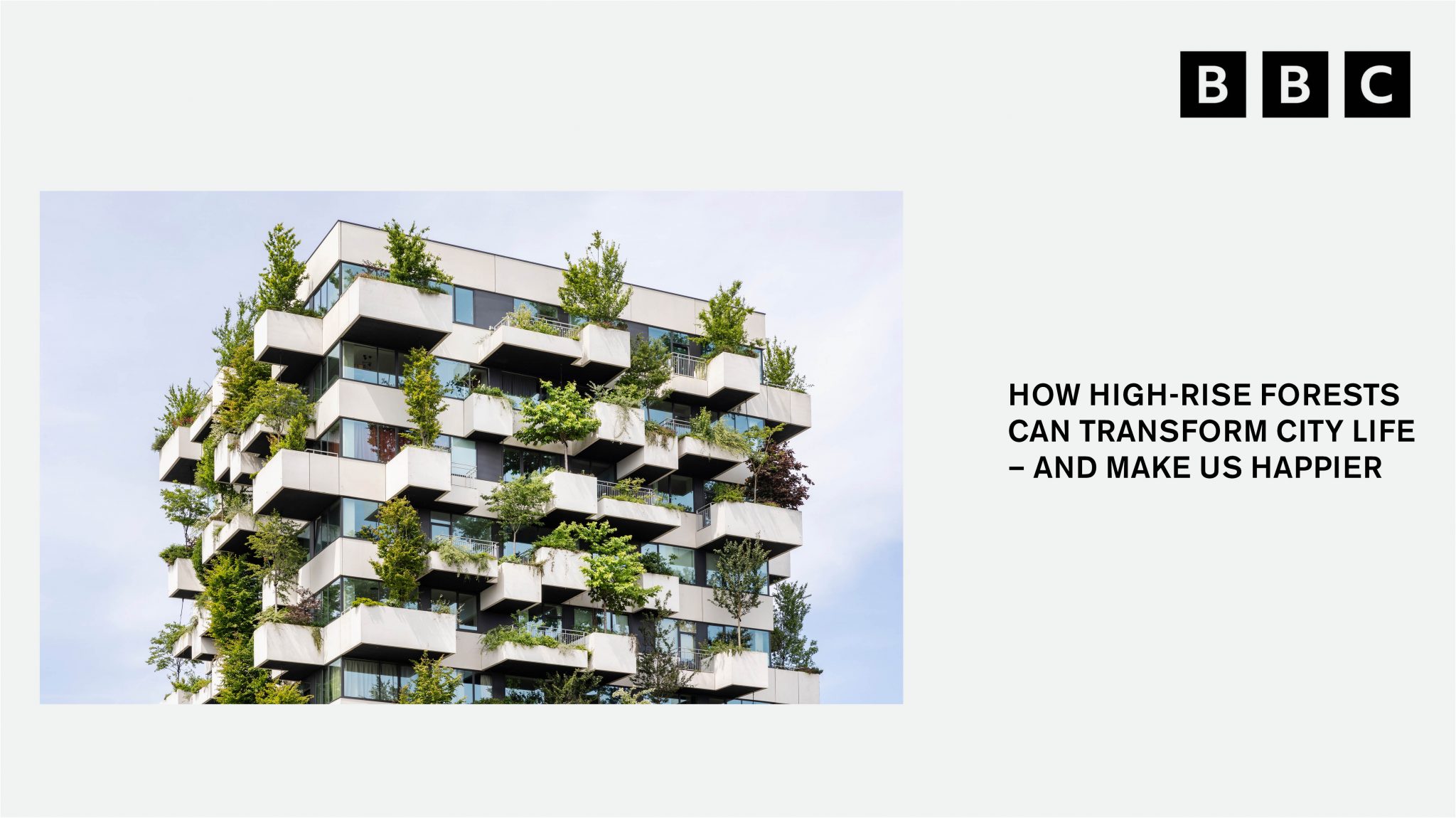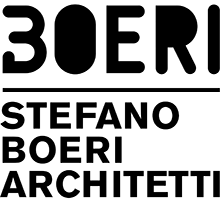
The BBC published an article by Deborah Nicholls-Lee titled “How high-rise forests can transform city life — and make us happier,” exploring how vertical forests are capable of revolutionizing urban architecture and improving the well-being of citizens.
The vertical forest, the architectural typology now recognized as the stylistic signature of Stefano Boeri Architetti, represents the prototype of a new format of architectural biodiversity that places not only the human being at the center, but also the relationship between humans and other living species. The project’s stylistic approach involved the conceptualization of an architectural structure of considerable size, with humans being considered as discreet guests within a “house for trees and birds that also houses people.” This shift in focus represents a transition from the traditional concept of sustainability to one of integration with living nature in all its forms.
Ten years after its opening, the Bosco Verticale in Milan (Boeri Studio) has become a model of vertical densification of nature within the urban context. To commemorate this milestone, Stefano Boeri Architetti has published a comprehensive monograph dedicated to the project, BOSCO VERTICALE, Morphology of a Vertical Forest, which chronicles the project’s evolution through an editorial structure that mirrors the growth cycle of a tree.
The architectural typology has since begun to spread globally, from Dubai to Antwerp, from Cairo to the Netherlands, home to two declinations of the vertical forest: Trudo Vertical Forest in Eindhoven, the first social housing project to apply the vertical forest model, and Wonderwoods Vertical Forest in Utrecht, which offers a mixed-use reinterpretation of the model.
To read the full article: https://www.bbc.co.uk/culture/article/20250602-how-high-rise-forests-can-transform-city-life-and-make-us-happier
